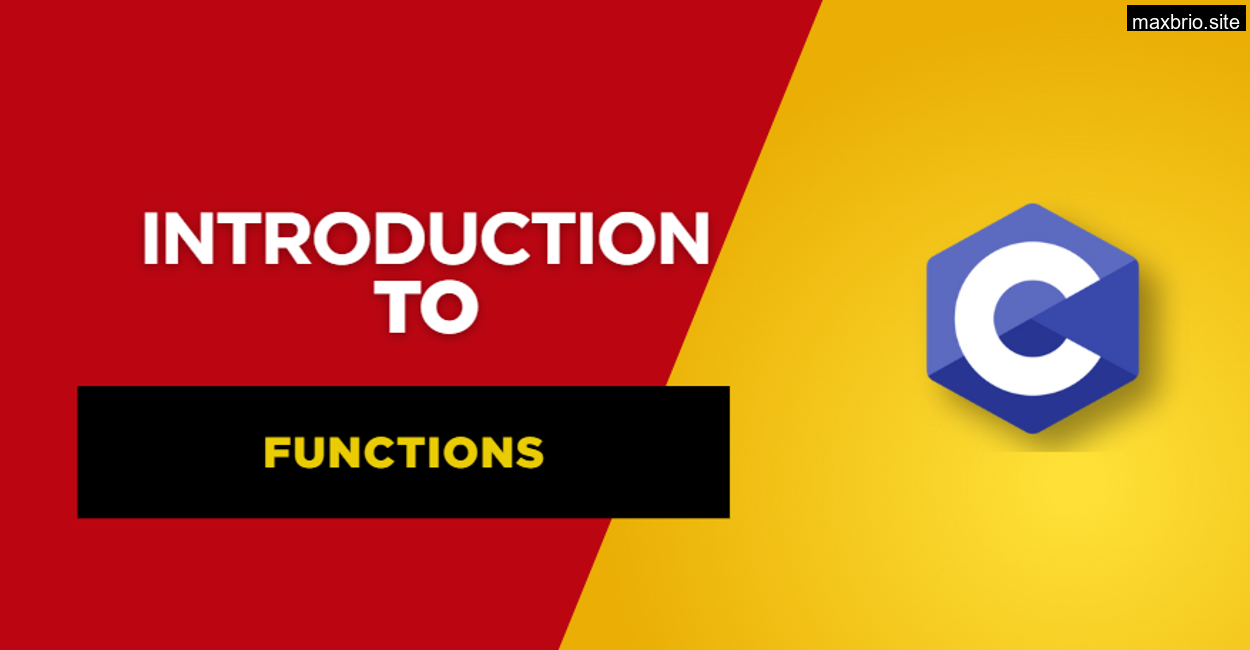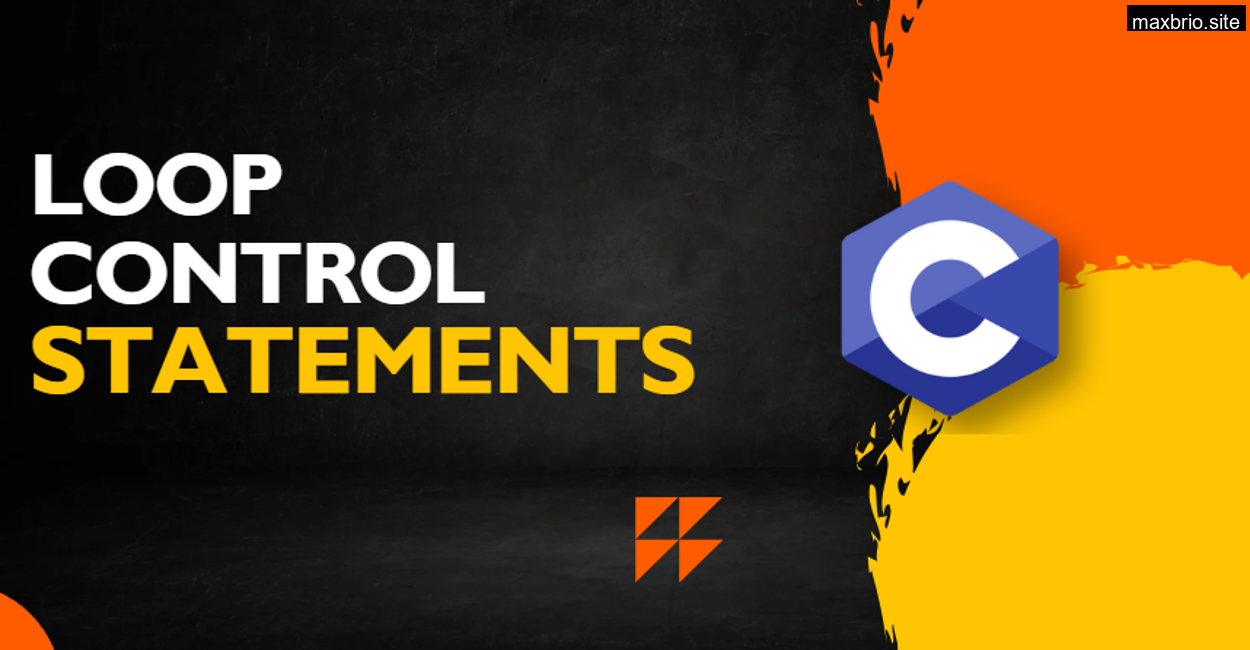It was a regular Tuesday morning when I walked into my classroom, coffee in one hand and a stack of notes in the other. The whiteboard was still stained with remnants of yesterday’s logical operators lecture. As students settled in, I wrote one word in bold: Bitwise. One of the students, Aman, tilted his head and asked, “Sir, is this the day we become hackers?” I smiled. “Yes. Today, you’ll finally learn the tools that low level programming ninjas use.” What followed was one of the most mind opening sessions I’ve ever taught one where beginners felt empowered, and intermediates got humbled.
Understanding Bitwise Magic One Bit at a Time
What Are Bitwise Operators?
I began with the basics. “Let’s start with the name itself Bitwise. It means operating at the level of bits, the 0s and 1s inside the machine. Unlike logical operators (&&, ||, !) which deal with truth values, bitwise operators operate on each individual bit of a number.”
The class was intrigued. “Think of numbers not as 5 or 10 anymore, but as binary: 0101, 1010, etc.”
I drew int a = 5; and int b = 3; on the board.
Binary:
a = 0101
b = 0011
Now, I introduced:
Bitwise AND (&)
“If both bits are 1, result is 1. Else, 0.”
int a = 5; // 0101
int b = 3; // 0011
printf(“%d”, a & b); // 0001 = 1
“Bitwise AND is like a strict parent. Both bits must behave (be 1), or else the result is 0.”
I paused. “Can anyone guess the output?”
Aman replied confidently, “1.”
“Correct. Because only the last bit is 1 & 1, which gives 1. The rest? All zeros.”
The class nodded.
Bitwise OR (|)
“If either bit is 1, result is 1.”
int a = 5; // 0101
int b = 3; // 0011
printf(“%d”, a | b); // 0111 = 7
“Imagine two switches. If any one is ON, the light turns ON.”
Many found this intuitive.
Bitwise XOR (^)
“If the bits are different, result is 1. Else, 0.”
int a = 5; // 0101
int b = 3; // 0011
printf(“%d”, a ^ b); // 0110 = 6
“XOR is that quirky cousin who likes only difference. Same bits? No fun gives zero.”
I shared how XOR is used in encryption. “You can XOR a message with a key to encrypt it. XOR it again with the same key and you get the original message back.”
That blew their minds.
Bitwise NOT (~)
“Flips every bit. 1 becomes 0, 0 becomes 1.”
int a = 5; // 0000 0101
printf(“%d”, ~a); // 1111 1010 (if using 8 bit signed int)
“And here’s where things get tricky,” I warned.
“You expect it to be 11111010, which is 250 in decimal. But we get 6. Why? Because integers in C are signed and use two’s complement representation.”
This was confusing to many. So I demonstrated it:
~5 = (5 + 1) = 6
Now it clicked. Bitwise NOT doesn’t just flip bits it affects sign.
Bitwise SHIFT Operators
Here I told a real story.
“In one embedded systems project, we had to multiply sensor values by powers of two, but we had limited CPU power. We used left shift instead of multiplication. It was 10x faster.”
Left Shift (<<)
int a = 3; // 0000 0011
printf(“%d”, a << 1); // 0000 0110 = 6
“Left shift moves bits to the left and fills zeros on the right. It’s equivalent to multiplication by 2^n.”
Example:
3 << 1 = 3 * 2 = 6
3 << 2 = 3 * 4 = 12
Right Shift (>>)
int a = 8; // 0000 1000
printf(“%d”, a >> 2); // 0000 0010 = 2
“Right shift divides by powers of 2.”
8 >> 1 = 8 / 2 = 4
8 >> 2 = 8 / 4 = 2
Logical vs Bitwise The Classic Confusion
At this point, one student, Rhea, raised her hand. “Sir, what’s the difference between && and &?”
Perfect moment.
int x = 1;
int y = 2;
if (x & y)
printf(“Bitwise: True\n”);
if (x && y)
printf(“Logical: True\n”);
I broke it down:
- x & y does a bitwise AND → 0001 & 0010 = 0000 → false
- x && y checks if both are non zero → true
So:
Bitwise: no output
Logical: prints “True”
This was an aha moment. One student whispered, “So many bugs fixed in my mind just now.”
XOR Swap Trick
I drew this on the board and asked, “How do you swap two integers without using a third variable?”
a = a ^ b;
b = a ^ b;
a = a ^ b;
The classroom went quiet for a moment, then gasps.
A few students tried it live in their IDEs. “It works!”
I explained, “XOR cancels itself. It’s reversible. That’s the beauty of it.”
Real Life Use Cases
- Flag manipulation in microcontrollers
- Color channel masking in graphics
- Encryption and obfuscation
- Network protocol optimization
- Memory efficient programming
Student Project: Bitmasking LEDs
To make the topic more hands on, I once gave a mini project:
“You have 8 LEDs represented by one byte. Turn ON LED 1 and 3. How would you do it?”
unsigned char leds = 0x00; // All OFF
leds = leds | (1 << 0); // Turn ON LED 1
leds = leds | (1 << 2); // Turn ON LED 3
To turn OFF LED 1:
leds = leds & ~(1 << 0);
To toggle LED 3:
leds = leds ^ (1 << 2);
We used bitwise operators to simulate an LED controller in C. Students were thrilled. “I feel like I’m programming hardware now,” one said.
Common Mistakes I’ve Seen
- Confusing & with &&
This is very common. Especially in if conditions.
- Misinterpreting ~a result
Especially not accounting for signed integers.
- Forgetting parentheses in shifts
a << b + c can go wrong. Always write: a << (b + c)
- Using bitwise on floats
Bitwise only works on integers!
- Mixing shift results with signed numbers
Right shift of a negative number? It’s implementation defined in C!
Final Words to My Students
“Bitwise operators won’t show up in every project. But when they do especially in performance critical or low level applications you’ll need them like oxygen.”
“Respect them, master them, and one day, they might just help you solve a bug that no one else can see.”
Why does ~5 give 6 instead of some large number?
Because integers are stored in two’s complement. ~5 flips all bits and effectively gives (5 + 1) = 6.
Can I use bitwise operators on float or double?
No, bitwise operators work only on integral types like int, char, long.
What’s the difference between | and ||?
| is bitwise OR, operates on bits. || is logical OR, evaluates truthiness.
Is shifting bits faster than multiplication or division?
Yes, generally bit shifting is faster because it’s a simple hardware operation.
Can I chain bitwise operations like a & b | c?
Yes, but use parentheses to clarify order. Bitwise AND has higher precedence than OR.










